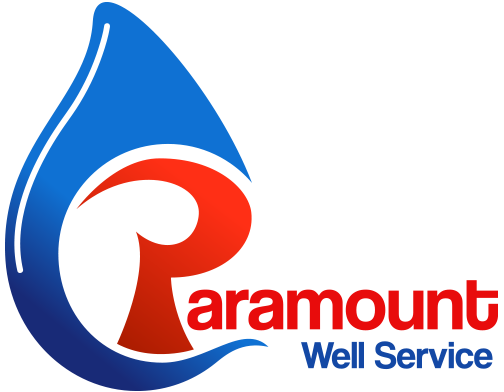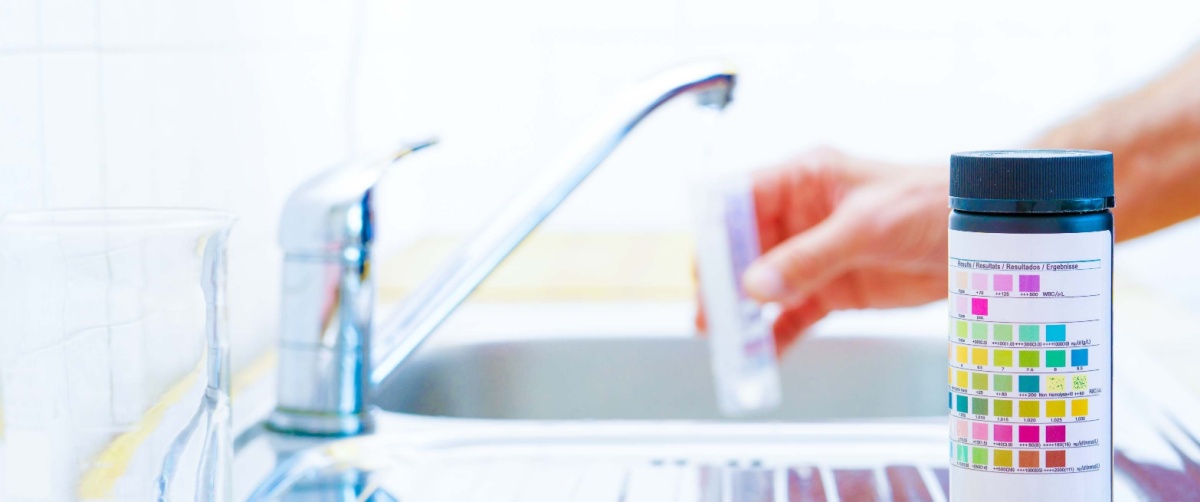Have you checked on the pH levels in your home or business? Low pH levels, or acidic water, can profoundly impact plumbing, appliances, and overall water quality, making it a critical aspect of water management to understand and address. For both home and business owners, ensuring that water has a balanced pH is one of the most important ways to maintain health standards and operational efficiency. So, what does it mean when your pH levels are low? And can you correct it?
What Does pH Measure? Is Lower Better?
pH stands for potential hydrogen and measures the acidity or alkalinity of a solution on a scale from 0 to 14. A pH of 7 is considered neutral, while values below 7 indicate acidity and above 7 denote alkalinity. The scale is logarithmic, meaning each whole pH value below 7 is ten times more acidic than the next higher value. For example, a pH of 4 is ten times more acidic than a pH of 5 and a hundred times more acidic than a pH of 6.
In the context of water quality, neither extreme on the pH scale is desirable. Water with a very low pH can be corrosive, posing risks to plumbing systems and leaching metals from pipes, potentially leading to contamination. On the other hand, water that’s too alkaline can lead to scale buildup, which can also damage plumbing and appliances. Perfection lies in having the proper balance, but you can only achieve that if you know what side of the spectrum your water quality lands on.
What Causes Low Acidity?
Low acidity in water, or a low pH level, can stem from several sources. Natural factors like the composition of the soil and bedrock in your area can influence the acidity of your groundwater. Rainwater, which is naturally slightly acidic due to carbon dioxide in the atmosphere, can become even more acidic by absorbing pollutants, such as sulfur dioxide and nitrogen oxides, leading to acid rain. This phenomenon is often exacerbated by industrial activities and can significantly lower the pH of surface and groundwater. Mining operations, particularly those involving the extraction of coal and certain minerals, can also introduce acids into water sources, further reducing pH levels.
How Can I Tell I Have Low Acidity? What About High Acidity?
Detecting the pH level of your water can be done using home testing kits or by consulting water quality professionals. Indicators of low acidity include a metallic taste to the water, corrosion of pipes (evident from leaks or greenish-blue stains on fixtures from copper piping), and increased levels of metal contaminants in your water, such as iron, manganese, and lead. Signs of high acidity might not be as immediately noticeable but can include difficulty lathering soap, scale buildup on appliances such as kettles and water heaters, and a general decrease in the efficiency of water-using appliances.
How Will Low pH Levels in Water Affect My Commercial Business?
For industries reliant on water in their processes — such as hospitality, food and beverage production, agriculture, and manufacturing — acidic water can damage equipment, leading to expensive repairs or replacements. One example is the hospitality sector, where low pH levels can result in poor guest experiences due to metallic-tasting water or stained fixtures. In agriculture, acidic water can affect soil quality and plant health, potentially reducing crop yields. Manufacturing processes that require water as a solvent or cooling agent may also face efficiency losses and increased maintenance costs due to the corrosive nature of acidic water.
Furthermore, businesses that have to meet strict regulatory standards for product quality, such as breweries and bottled water companies, must make sure their water’s pH is precisely managed to avoid altering the taste or safety of their products. Compliance with health regulations can also become a concern if low pH levels lead to elevated metal concentrations in water used for consumption or food preparation.
What Are Some Ways to Correct Low pH Levels in Water
Correcting low pH levels in water involves neutralizing the acidity. This can be achieved through various methods:
- Neutralizing Filters: These systems use a calcite or magnesium oxide media to increase the pH of acidic water.
- Chemical Feed Pump Systems: These inject a neutralizing solution, such as soda ash or potassium hydroxide, into the water supply to raise the pH.
- Acid Neutralizing Tanks: For larger commercial applications, acid-neutralizing tanks can be used to treat high volumes of acidic water effectively.
It’s important to choose the right method based on the specific needs of your home or business, taking into consideration factors such as water usage, flow rate, and the degree of pH imbalance.
Treat Your Water With Paramount Well Service
At Paramount Well Service, we specialize in providing industry-leading water treatment solutions designed to make low-pH water a thing of the past. We specialize in both residential water treatment and commercial water treatment services, sending our fantastic team to diagnose your water quality issues accurately and recommend the most effective treatment options. For more information, reach out to our water treatment experts and learn more about effective ways to restore and keep your pH levels balanced.




